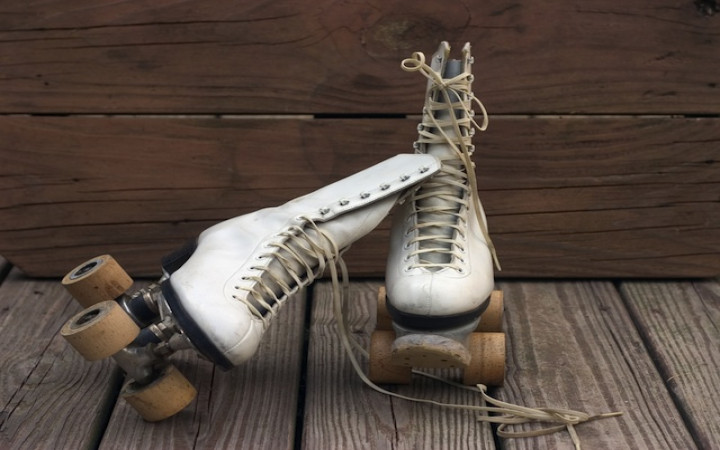Kids and parents alike have enjoyed roller skating for fun and exercise for hundreds of years now. Today, many skaters prefer modern inline skates, which feature wheels in a row along a blade like an ice skate.
Traditional roller skates, on the other hand, have four wheels on each foot arranged in a sort of square, which makes balancing a little easier.
Both traditional and inline skates rely on bearings that make the wheels turn freely and easily. Bearings allow a skater to take turns, corners, and curves while skating. Without bearings, turning a corner would be very difficult.
When an object slides across a surface, it produces friction. Try rubbing your palms together, pushing slightly as you move your hands. The resistance you feel is friction.
Friction slows an object down. If you hold a ball in your hands and drag it across the floor, friction between the floor and the ball will slow its movement.
If you roll the ball, however, the ball will move across the floor quite easily. Objects tend to roll more easily than they slide, because rolling creates less friction.
Roller skate bearings reduce friction in the same way, allowing a skater to glide smoothly around corners with little effort. Bearings are made to withstand high pressure and last for millions of revolutions, which means you can keep on rolling for years to come!




